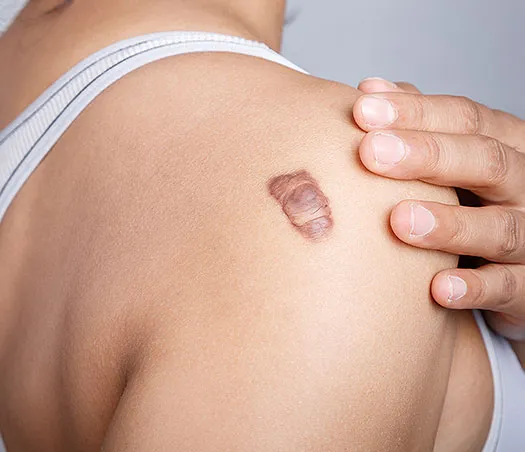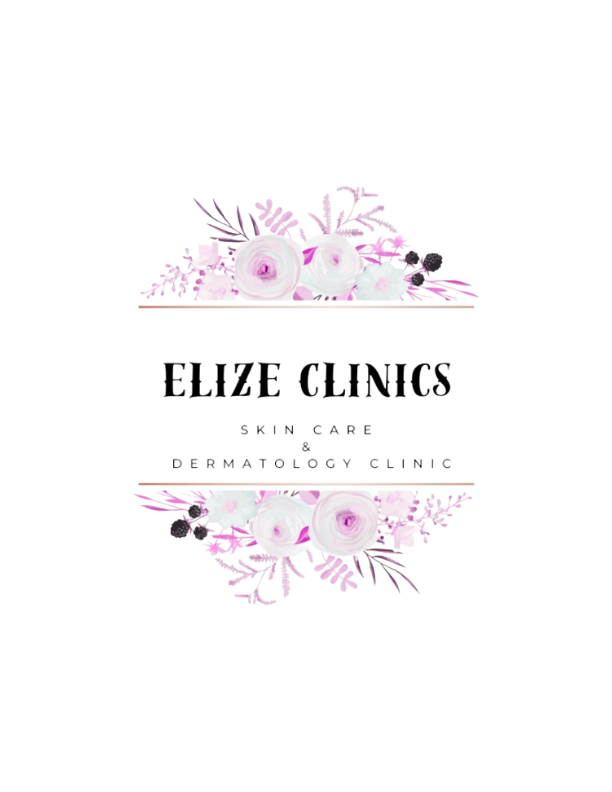- LASER HAIR REMOVAL TREATMENT
- UNDER EYE CARE
- KELOID TREATMENT
- PILONIDAL SINUS
- PICO CARE TREATMENT
- BOTOX FOR MIGRAINE
- CHEMICAL PEEL
- VENUS TREATMENT
- VAMPIRE TREATMENT
- HAIR REMOVAL
- HYDRAFACIAL KERAVIVE
- SCAR REMOVAL
- HYDRAFACIAL DANDRUFF TREATMENT
- MORPHEUS8
- PHOTO FACIAL
- PLATELET RICH PLASMA THERAPY
- FAT REMOVAL
- COOLSCULPTING
- EYEBROW MICROBLADING
- SCULPSURE
- ULTRAFORMER III
- LOW LEVEL LASER THERAPY (LLLT)
- HAIR REGROWTH TREATMENT
- HYDRAFACIAL
- CM SLIM
- NON-SURGICAL FACELIFT
- BREAST LIFT
- HIPEX CHAIR
- PICO MLA TONING
- GLUTATHIONE
- BUTTOCK AUGMENTATION
- SILK PEEL DERMAL INFUSION
- NAEVUS OF OTA / PATCHY NAEVUS
- DYSPORT TREATMENT
- MELASMA TREATMENT
- PINK AESTROGEN PEEL
- DERMAL FILLERS
- DERMAL THREADLIFT
- PICOCARE MAJESTY
- SOLAR LENTIGINES
- FAIRNESS TREATMENT
- BENIGN SKIN GROWTH
- COSMELAN TREATMENT
- RADIANCE FACIAL
- AGE RELATED SKIN PROBLEMS
- DERMABRASION
- SILK PEEL DERMAL INFUSION
- MESOTHERAPY
- COLLAGEN INDUCTION THERAPY
- VIRAL SKIN LESIONS
- FOTONA LASER MICROPEEL
- WRINKLE REDUCTION
- COSMETIC SKIN CONCERNS
- BRIDAL PACKAGE
- Tattoo Removal
- GROOMS PACKAGE
- PICO TONING
CONTACT US
- +91 91544 97790
- 2557, Block G, Sushant Lok 2, Sector 57, Gurugram

Keloid Treatment
A keloid is an abnormal proliferation of scar tissue that forms at the site of cutaneous injury (eg, on the site of a surgical incision or trauma); it does not regress and grows beyond the original margins of the scar. Keloids should not be confused with hypertrophic scars, which are raised scars that do not grow beyond the boundaries of the original wound and may reduce over time.
They can develop after very minor skin damage, such as an acne spot or a piercing, and spread beyond the original area of skin damage. Not everyone who gets a scar will develop a keloid.
If you have keloid-prone skin, however, anything that can cause a scar may lead to a keloid. This includes a cut, burn, or severe acne. Some people see a keloid after they pierce their ears or get a tattoo. A chickenpox scar can also form a keloid. Sometimes, a surgical scar becomes a keloid. In very rare cases, keloids form when people do not injure their skin. These are called “spontaneous keloids. A keloid usually takes time to appear. After an injury, months can pass before this scar appears. A keloid can also form more quickly. Once it begins, a keloid can enlarge slowly for months or years.
Keloid scars are more common on the upper chest, shoulders, head (especially the earlobes after a piercing) and neck, but they can happen anywhere. Keloids form within scar tissue. Experts do not fully understand what causes keloid scars, but they happen when there’s overproduction of collagen (the skin’s protein). Collagen, used in wound repair, tends to overgrow in this area, sometimes producing a lump many times larger than that of the original scar. They can also range in color from pink to red. They can occur as a result of severe acne or chickenpox scarring, infection at a wound site, repeated trauma to an area, excessive skin tension during wound closure or a foreign body in a wound.
Keloid scars are more common on the upper chest, shoulders, head (especially the earlobes after a piercing) and neck, but they can happen anywhere. Keloids form within scar tissue. Experts do not fully understand what causes keloid scars, but they happen when there’s overproduction of collagen (the skin’s protein). Collagen, used in wound repair, tends to overgrow in this area, sometimes producing a lump many times larger than that of the original scar. They can also range in color from pink to red. They can occur as a result of severe acne or chickenpox scarring, infection at a wound site, repeated trauma to an area, excessive skin tension during wound closure or a foreign body in a wound.

